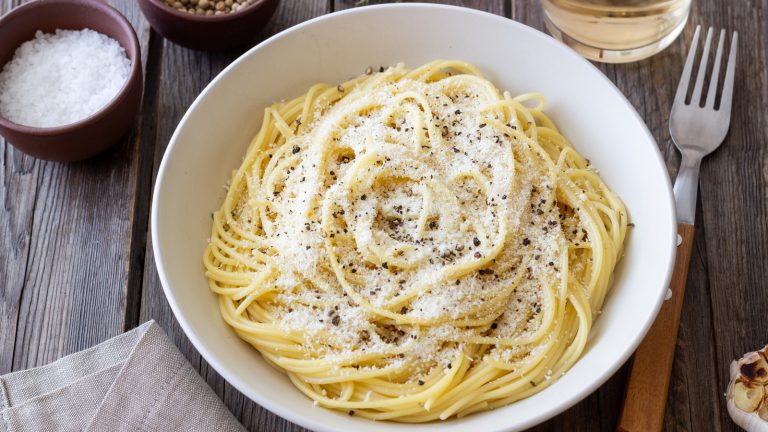When you think Martha Stewart, you likely picture her iconic East Coast elegance, polished silver, a yard lined with blue hydrangeas, and the ever-present aroma of her signature roasted chicken. You might assume her favorite travel destination is somewhere classic, like Nice in the South of France, ideally paired with a dish as comforting as coq au vin – but the woman who redefined domesticity continues to surprise us. In an interview with People, Stewart revealed that her favorite place to travel is “Japan, by far.” And honestly? We get it.
From simple, yet meticulously crafted cuisine to serene design, Japan checks every box for someone with Stewart’s famously impeccable taste. And naturally, when asked about her go-to dish, it was all about freshness. “I could probably eat a fish tartare every day,” the entrepreneur shared. “I would probably change the fish from day to day, like between fluke and flounder and tuna and hake. Anything ultra fresh. That would be very good.”
Fish tartare, often confused with ceviche, is made with sushi-grade raw fish, like salmon or tuna, sliced into small cubes. Unlike ceviche, which uses citrus to cure the fish, fish tartare is all about celebrating the raw factor. The natural texture and flavor of the fish take center stage, gently bound with sauces designed to complement, not overpower its freshness. Light and endlessly customizable, it’s no wonder Stewart is such a big fan.
Elevate your summer dinner party with fish tartare
If you’re hosting a summer dinner party and want to impress your guests, why not dazzle them with your version of fish tartare? After all, if it’s good enough for Martha Stewart, it’s worth a spot on your menu. If you’re new to making dishes with raw fish, it’s essential to buy sushi-grade seafood. We recommend starting with a simple tuna tartare recipe, and once you’ve mastered that, the real fun begins. Experiment with varieties of fish and then try types of bold, Japanese-inspired sauces like soy-sesame blend, tangy ponzu, a dollop of wasabi mayo, or a hint of yuzu kosho for a kick.
When crafting a Japanese-style fish tartare, presentation matters just as much as flavor. Think white, minimalist plates and clean, intentional precision. In line with traditional Japanese aesthetics, shape the tartare into a neat circle centered on the plate — a round cookie cutter works well for this. Finish with a delicate garnish, and if you’re unsure how to top it off, a simple sprig of dill often does the trick.
While most of us can’t hop on a flight to Japan like Martha Stewart, the next best thing is to trust your inner chef and get creative in the kitchen. Embrace the process of creating a fish tartare dish that’s both sophisticated and satisfying — let’s be real, who doesn’t love a no-cook recipe?






